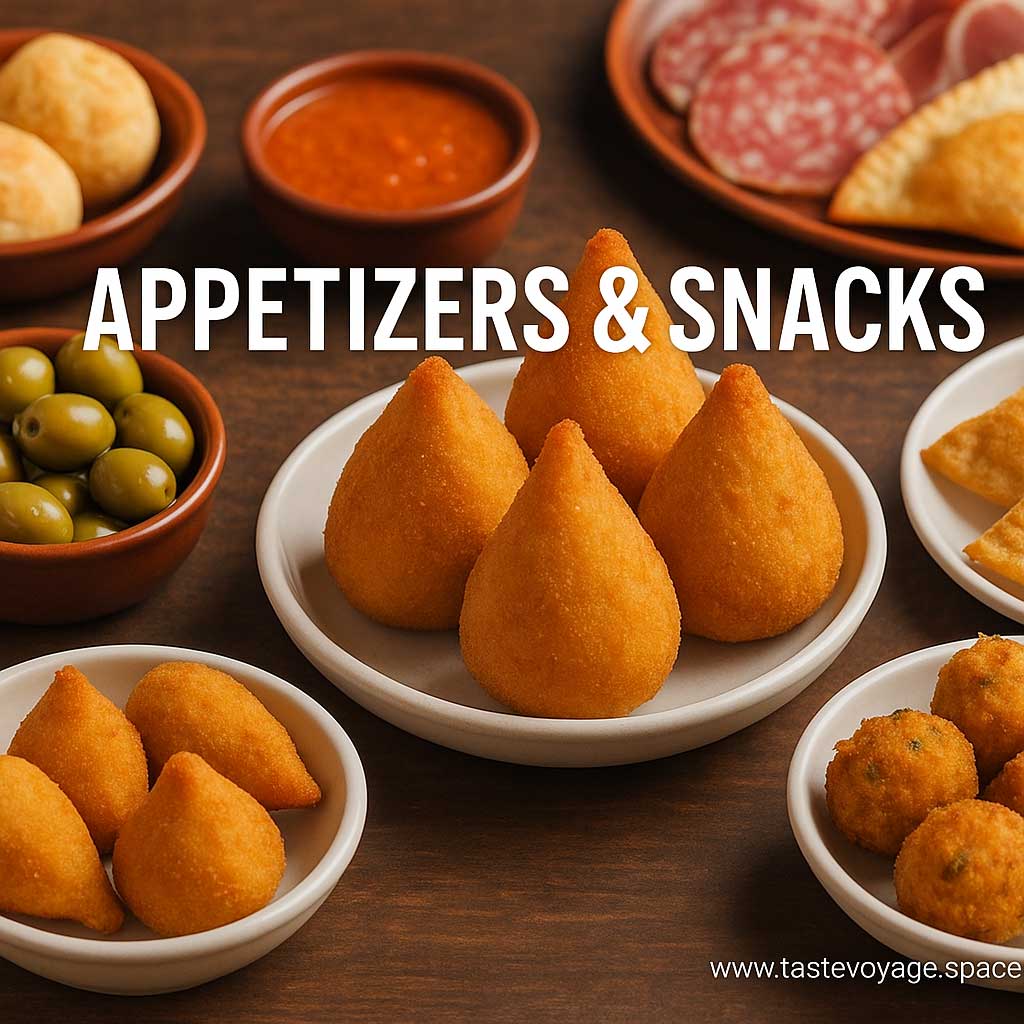Authentic Kibe Recipe: Brazilian Lebanese Meatballs Made Easy
Travel the World Through Food >> Appetizers & Snacks>>Brazilian Cuisine>> Authentic Kibe Recipe: Brazilian Lebanese Meatballs Made Easy
Authentic Kibe Recipe: Brazilian Lebanese Meatballs Made Easy
Discover the Delicious World of Kibe: A Brazilian Lebanese Culinary Treasure
Kibe, also known as kibbeh in other parts of the Middle East, is a beloved dish that beautifully marries flavors from different culinary traditions. In Brazil, kibe has become a popular and cherished delicacy, showcasing the rich tapestry of cultural influences that shape Brazilian Cuisine. This dish is a perfect example of how food can serve as a bridge, connecting diverse histories and tastes into a harmonious and flavorful experience.
The Cultural Significance of Kibe in Brazil
Kibe holds a special place in Brazilian culinary culture, especially among communities with Lebanese roots. It is often enjoyed during family gatherings, festive celebrations, and social occasions. The dish’s popularity reflects the warmth and hospitality that many Brazilians associate with sharing a meal. Kibe’s popularity continues to grow across different regions, emphasizing its status as a culinary icon that unites various communities through a common love for good food.
This dish is more than just a tasty treat; it represents a fusion of traditions. The Brazilian version of kibe often incorporates local ingredients and flavors, making it uniquely adapted to the diverse palate of the country. It exemplifies how culinary practices evolve and adapt while maintaining their core essence, creating a dish that honors its roots yet feels entirely contemporary.
Culinary Significance and Unique Flavors
Kibe stands out for its unique blend of ingredients that deliver a delightful texture and bold flavors. Traditionally, the main ingredients include bulgur wheat, finely ground meat (usually beef or lamb), and a mixture of aromatic spices. The dish’s preparation emphasizes balance—crisp on the outside with a tender, flavorful interior.
In Brazil, cooks often add local touches, such as different herbs or vegetables, that make each version distinctive. The use of spices like cinnamon, allspice, and black pepper lends it a warm, inviting aroma, while the bulgur gives it a satisfying bite. The combination of these ingredients results in a dish that is both comforting and exciting to the palate.
Kibe is versatile: it can be served fried as a snack or appetizer, baked for a more substantial meal, or even enjoyed cold as part of a buffet. Its adaptability makes it a favorite among families, chefs, and food enthusiasts alike. The dish has also inspired many variations, demonstrating its enduring appeal and culinary richness.
Celebrating a Cross-Cultural Culinary Gem
Kibe exemplifies the beauty of culinary exchange. It celebrates a tradition that has traveled and transformed through time and geography. The Brazilian adaptation of kibe highlights how recipes evolve and adapt to local tastes without losing their essence. It reflects the creativity and openness that characterize Brazilian cuisine—a vibrant, colorful, and inclusive culinary landscape.
Enjoying kibe offers more than just savoring a delicious dish; it’s an appreciation of cultural diversity and the art of blending flavors. It’s a reminder of how food can foster connection, respect, and shared joy across different communities.
Conclusion
Kibe is more than a meatball—it’s a culinary symbol of cultural fusion, tradition, and innovation. Its rich flavors, cultural significance, and versatility make it a treasured dish in Brazil’s culinary scene. Whether enjoyed at a family gathering or a festive celebration, kibe invites us all to celebrate the flavors and stories that shape our shared food heritage. Dive into this delicious dish and experience A Taste of Brazil’s vibrant and diverse culinary culture.
